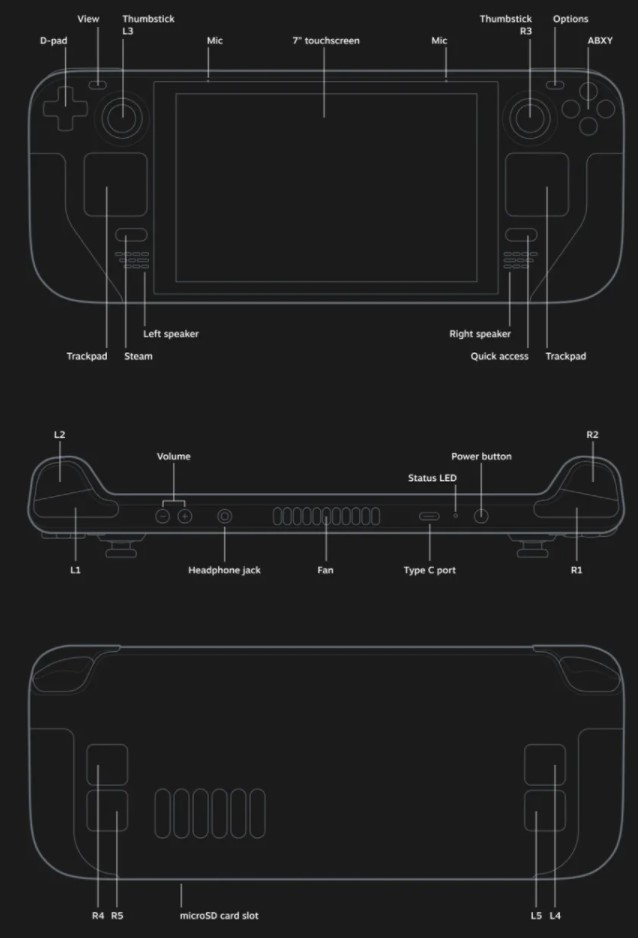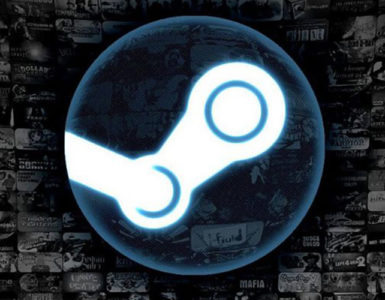Nintendo took the world by storm with the release of the Switch back in 2017, and the Japanese giant has never looked back since. The subsequent iterations of the red-slash-blue console continued to prove the great appeal and demand for on-the-fly gaming, and now, another new contender has entered the fray – this time targetting the PC market.
Hours before the Nintendo Switch OLED model opened up for pre-orders this fall, Valve dropped a bombshell announcement in the form of the Steam Deck, which allows gaming enthusiasts to play their entire Steam library on a portable device. The price to pay for this mobile PC gaming experience? A reasonable US$400 base.
The surprise is likely what many PC gamers have been waiting for, after years and years of being confined to an indoor setting. The ability to play titles anywhere and anytime is a huge, huge deal, and the Steam Deck certainly has the potential to revolutionise the gaming landscape…if executed well.
But before it launches sometime in December 2021, let’s take a look at what we know so far about the portable device.
Specifications
The Steam Deck, for starters, is powered by a technical configuration similar to the one on the PS5 and Xbox Series X. Courtesy of a partnership between Valve and AMD, it’ll come equipped with a custom chip, 16GB RAM, a Zen 2 CPU, and a RDNA 2 GPU under the hood.
Where display is concerned, 4K resolution won’t be an option. What users can look expect instead is a 7-inch screen that outputs a 1200-by-800-pixel resolution with a 16:10 aspect ratio. While the battery life of the Switch hovers anywhere between 4.5 to 9 hours, the Steam Deck is touted to last around 7 to 8 hours on a full charge.
The official website can be accessed for a full look at the specifications.
Docked Play, Cloud Saves, And Mouse-Keyboard Support
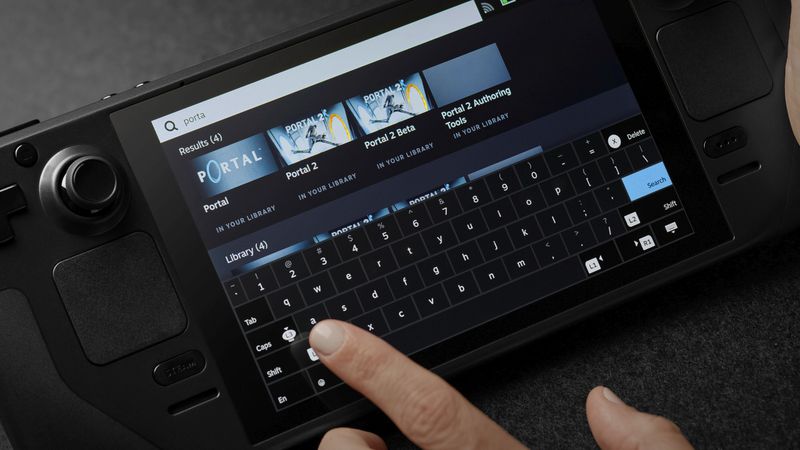
The Steam Deck is built like the Switch, so dock support should be a given. Indeed, Valve’s newest device will ship with a dock that allows users to connect it to an external display or as a means of charging, but it won’t be included in the box. Details of this additional pricing have yet to be announced, although the company has confirmed that a powered USB-C hub can also get the job done.
Just like its Nintendo counterpart, the Steam Deck will bring saves over from PC to handheld – and the vice versa – via cloud technology, as long as the gaming sessions are tied to the user’s account. Other features of the storefront, such as Steam Chat and Remote Play, are supported too.
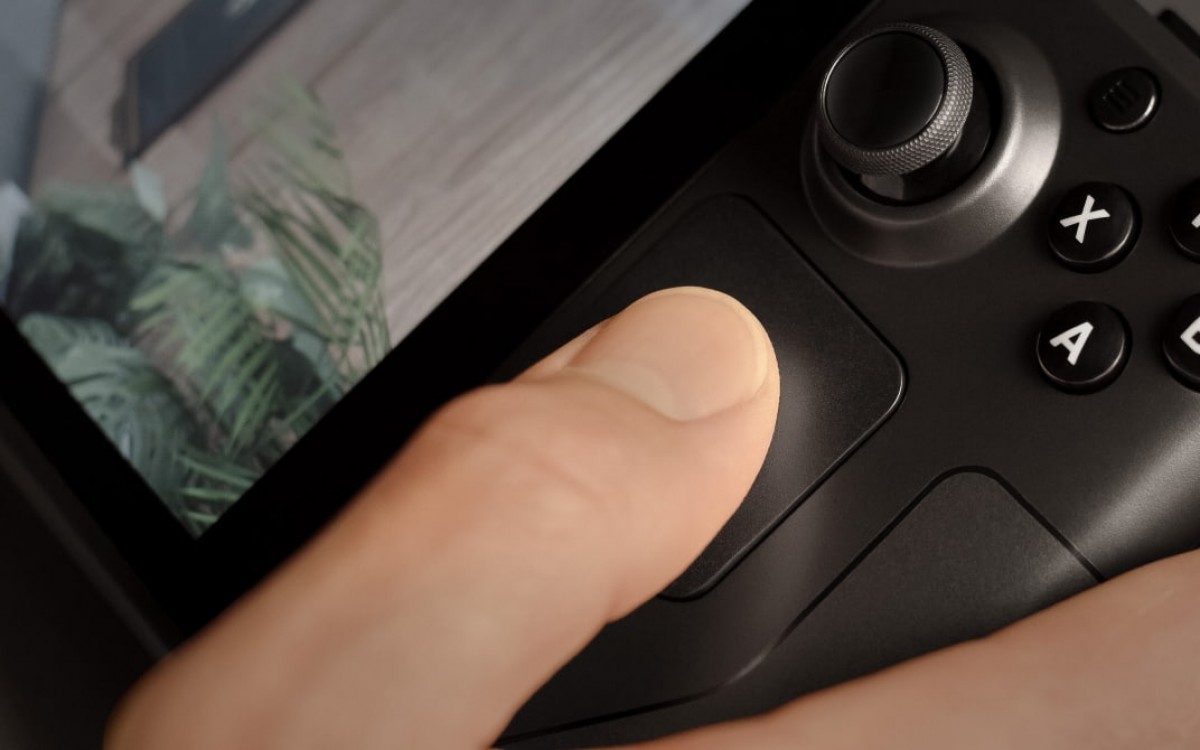
What’s PC gaming without a keyboard and mouse? The Steam Deck offers mouse-and-keyboard support by the way of touchpads and a thumbstick, alongside a weirdly highly-placed four-face button set-up, shoulder buttons, and built-in gyroscopic controls for a near-replication of the experience.
Third-Party App Support, Including Epic Games Store
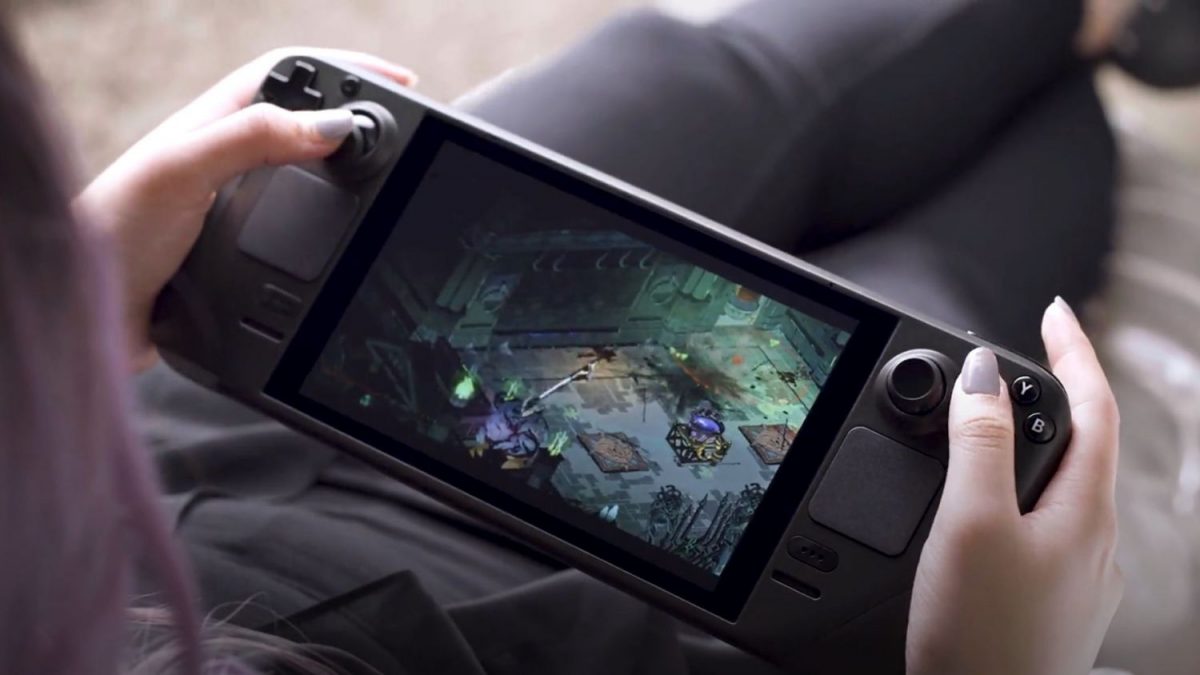
Valve and Epic Games Store may have a strong rivalry going on, but that isn’t stopping the former from embracing diversity. With the Steam Deck, gaming enthusiasts will be able to download third-party apps and access competing storefronts like the Epic Games Store, which deals a blow to the culture of exclusivity and walled-off ecoystems within the gaming landscape.
While details on the installation process or third-party performance remain scarce, the openness is very much appreciated, especially since it’ll open up more gaming options for the user.
Pricing Variations
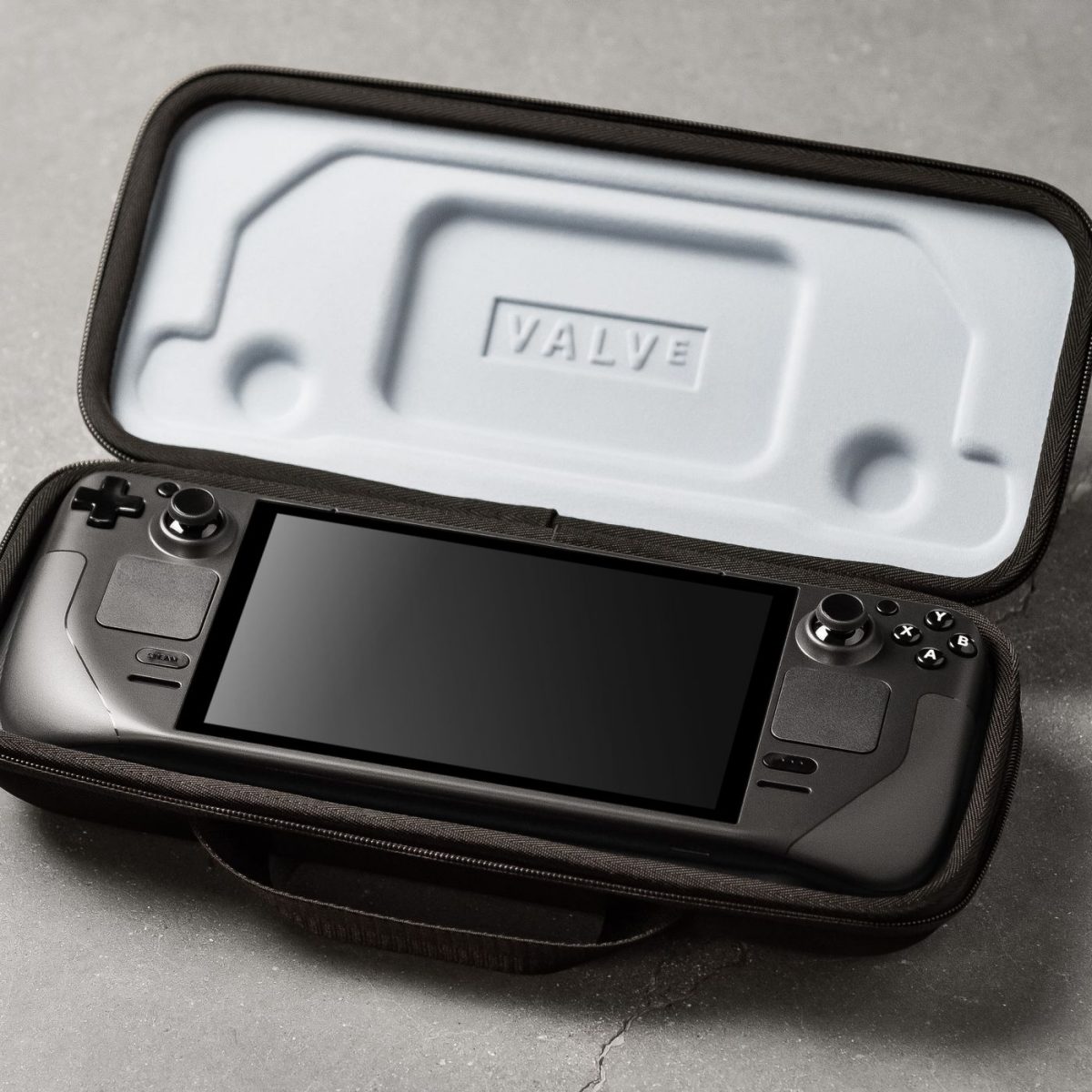
Depending on the choice of internal storage, the Steam Deck will be available at three different pricing tiers. The base model offering 64GB of internal storage is retailing for US$400, with the US$530 and US$650 iterations featuring a 256GB and 512GB SSD respectively. Every version comes with a slot for compatible microSD cards, so storage limitation shouldn’t be too much of a concern.
Other Points Of Note

There are also other points to keep in mind. For one, a US$5 deposit is needed for the pre-order process, and that’ll go toward the total transaction cost. Purchase invitations are expected to open in December, with the Steam Deck likely made available via a reservation system in order to fend off scalpers. If the order is cancelled after 30 days of reservation, the small US$5 fee will be returned to the Steam Wallet.
Reservations, meanwhile, are limited to the United States, the United Kingdom, Canada, and the European Union thus far. To reduce bot count, Valve has made sure to only include accounts that have Steam purchase(s) dated before June 2021.
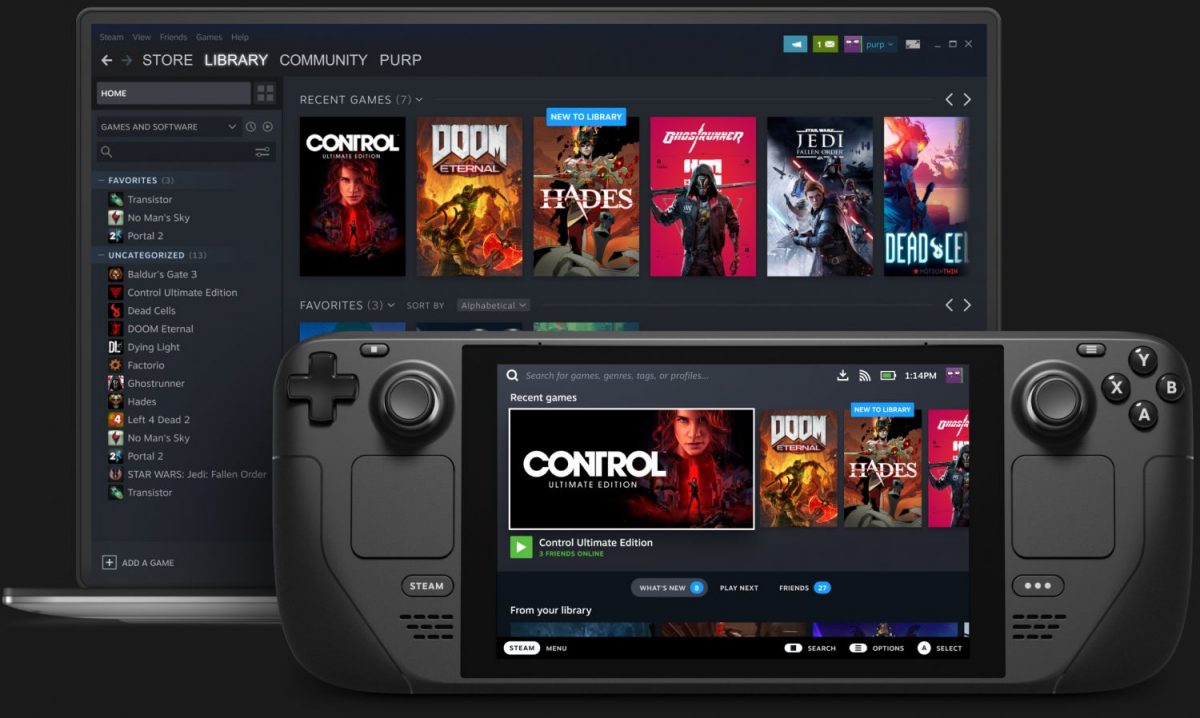
The Steam Deck is a stroke of genius from Valve, who while can count more than two but no more than four, should have the understanding of the PC market and its workings down to a tee. On paper, there seems to be plenty to be excited for, but until the actual product launches, we shall remain cautiously optimistic, and savour the thought that Steam games can finally, finally be played on the fly.


